What Makes a Travel Destination Safe?

- Jessica C
- From
- Jessica C
- From
- Lauren F
- From
- Thasaangan D
- From
The survey
As part of a comprehensive survey on travel attitudes and behaviors, BHTP asked travelers to give selected destinations a numerical value between 1 and 100 to indicate the destination’s relative safety.
The survey is a good start – but it’s only a start, because it measures the perception of safety, not actual safety. To gauge actual safety, BHTP has used a number of measures over the years, including:
- The GeoSafe rankings from GeoSure Global, which evaluate a destination almost on a block-by-block basis on multiple safety measures, ranging from safety for LGBTQ+ travelers to safety at night;
- The Global Peace Index (GPI), which measures how militarized and weaponized a country and its citizens are, and how tolerant it is of internal dissent;
- The U.S. State Department’s numerical safety rankings (which add a number to rankings published by Canada and other national governments);
- Ratings on pandemic penetration and handling from a number of global public-health sites and sources; and
- The UL Safety Index, now unfortunately discontinued, which measured the likelihood of a denizen of a given country being involved in an accident on the sidewalk, on the streets, or at home.
To get an overall score, BHTP weights the various measures and puts them on a uniform numerical scale, then calculates a total score on a 1 to 100 basis, with 100 being the safest.
Even a scale that uses multiple data points is imperfect; for instance, in 2020 China plummeted in BHTP’s rankings because American travelers placed blame on the country for starting and spreading the COVID pandemic.
Pandemic aside, China was not a significantly unsafe travel destination in any tangible way from 2019 to 2020; American travelers just thought of it as less safe.
The results
After producing its safest places to travel rankings for three years, BHTP is seeing some consensus from travelers on the world’s safest countries. In no particular order, they include:
- Australia
- New Zealand
- Iceland
- Switzerland
- Ireland
- Canada
- United Kingdom
- France
- Italy
- Germany
- Sweden
- Japan
Perhaps you can detect a pattern. Countries that American travelers think of as safe are predominantly English-speaking and/or European, or in the case of Japan, so overwhelmingly safe that it’s impossible for American travelers to ignore them.
(Also: American travelers were not asked to rate their own country as safe or unsafe. Based on the other measures, however, the United States would not rank as one of the world’s 10 safest countries for travelers).
What’s behind the rankings
These rankings aren’t just for American travelers; in fact, they have value for anyone considering travel to many of the world’s most popular destinations. Here are the characteristics that land these countries at the top of BHTP’s safety rankings:
1. Australia
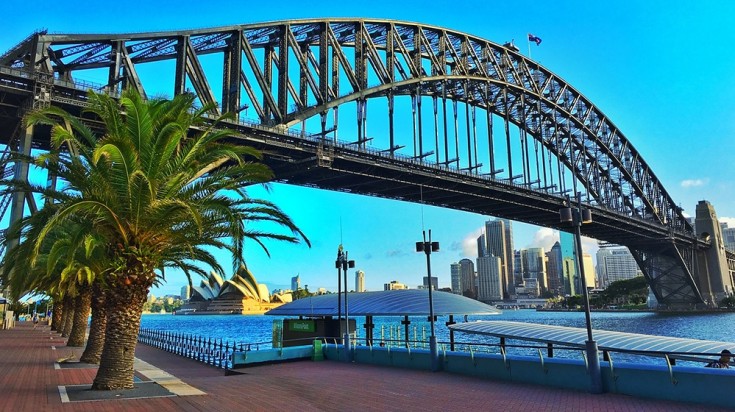
Why it’s ranked highly: Australia always ranks highly among BHTP survey respondents. It’s done a good job with the pandemic, it’s a peaceable country according to the GPI, and GeoSure gives it uniformly high marks for all kinds of travelers.
2. New Zealand
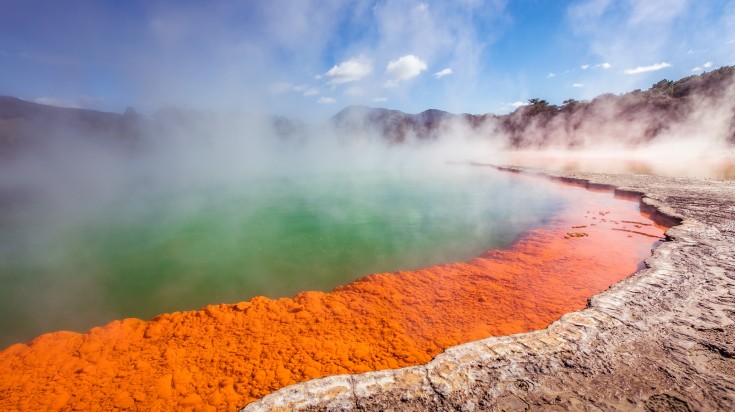
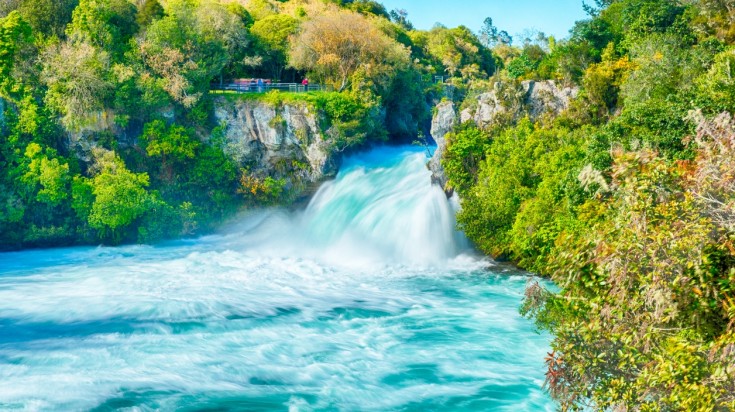
Why it’s ranked highly: New Zealand has been one of the world’s best countries when it comes to controlling the pandemic. It’s peaceful (No. 2 in the GPI), with high levels of personal safety, and survey respondents perennially rank it at or near the top for safety.
3. Iceland

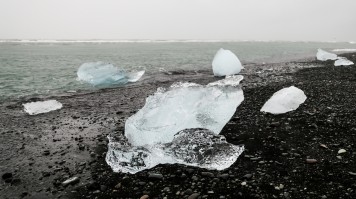


Why it’s ranked highly: Always a popular destination among survey respondents, Iceland’s high scores on peaceability (it topped the 2020 GPI) and COVID response keep it in the top five just about every year.
4. Switzerland
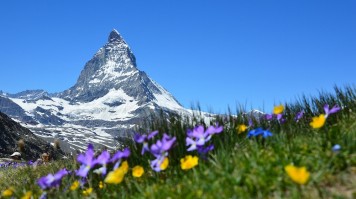

Why it’s ranked highly: Switzerland was top-10 in the 2020 GPI, though measures of its effectiveness in pandemic response were not as kind.
5. Ireland

Why it’s ranked highly: Ireland is an extremely safe (according to GeoSure) and peaceable country that’s handled the pandemic moderately well. It’s also a long-time favorite of BHTP survey respondents.
6. Canada
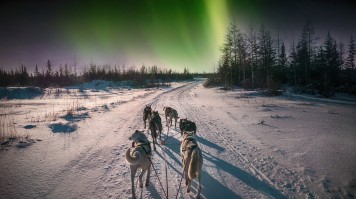

Why it’s ranked highly: Canada was rated as the safest destination among respondents to our survey, and was sixth overall in the GPI. It also receives high marks for the way it’s handled the pandemic.
7. Italy

Why it’s ranked highly: Not a stellar performer in either the GPI or the GeoSure rankings, it has managed the pandemic fairly well after an early crisis, and it generally performs well in State Department rankings and BHTP traveler surveys.
8. Germany


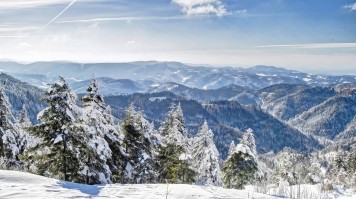
Why it’s ranked highly: Germany has received generally good ratings for its handling of the pandemic. While BHTP survey respondents give it high marks, Germany has traditionally not scored well in other measures – until this year.
9. Sweden

Why it’s ranked highly: While its BHTP survey ratings have fluctuated, it’s done well in the GPI, the UL Safety Index, and the State Department rankings. For now it’s a top-rated destination for travel safety – and GeoSure likes it, too.
10. Japan


Why it’s ranked highly: Japan was able to marshal its resources and mount what was until recently an effective pandemic response. It also scores fairly high for peaceability and has been rated between seventh and 14th on the BHTP Safest Countries scale for the last three years.
The world’s safest cities

As for cities, BHTP has only evaluated their safety for one year, and came up with the following for a top 10:
It’s reasonably certain that an international traveler would not name Los Angeles or Honolulu among the world’s 10 safest cities; therefore, there’s little need to go into greater detail on those destinations.
In general, though, travelers are more likely to favor domestic cities and international metropolises like Seoul and Dubai where a measure of personal liberty is traded for stricter laws and law enforcement.
General observations on safe destinations
If American travelers and an American travel insurance provider can be taken at their collective words, a safe destination is one that’s different but not too different. What does that ultimately mean?
A couple of thoughts:
- Newer and younger travelers might be better-served if they start their international travel odyssey with one of the destinations listed above or one with similar parameters, like many of the Caribbean islands.
- You can measure safety all you want and report it to travelers, but travelers are still going to have an ethnocentric view of the world, at least initially, and it takes a lot to change that view.
- Considering that many of the world’s safest destinations are also many of the world’s most desirable destinations, there’s something to be said about the value of promoting a destination as safe. Think of the opposite: The number of travelers who will want to visit a destination they know is unsafe is likely to be miniscule.
- These findings may be different for European travelers, who tend to be less xenophobic, but destinations that offer the safety of home along with familiar-yet-different experiences will always be popular with the general body of travelers, no matter their home country.
Learn more about the world’s safest places to travel, and follow along with each year’s results.
